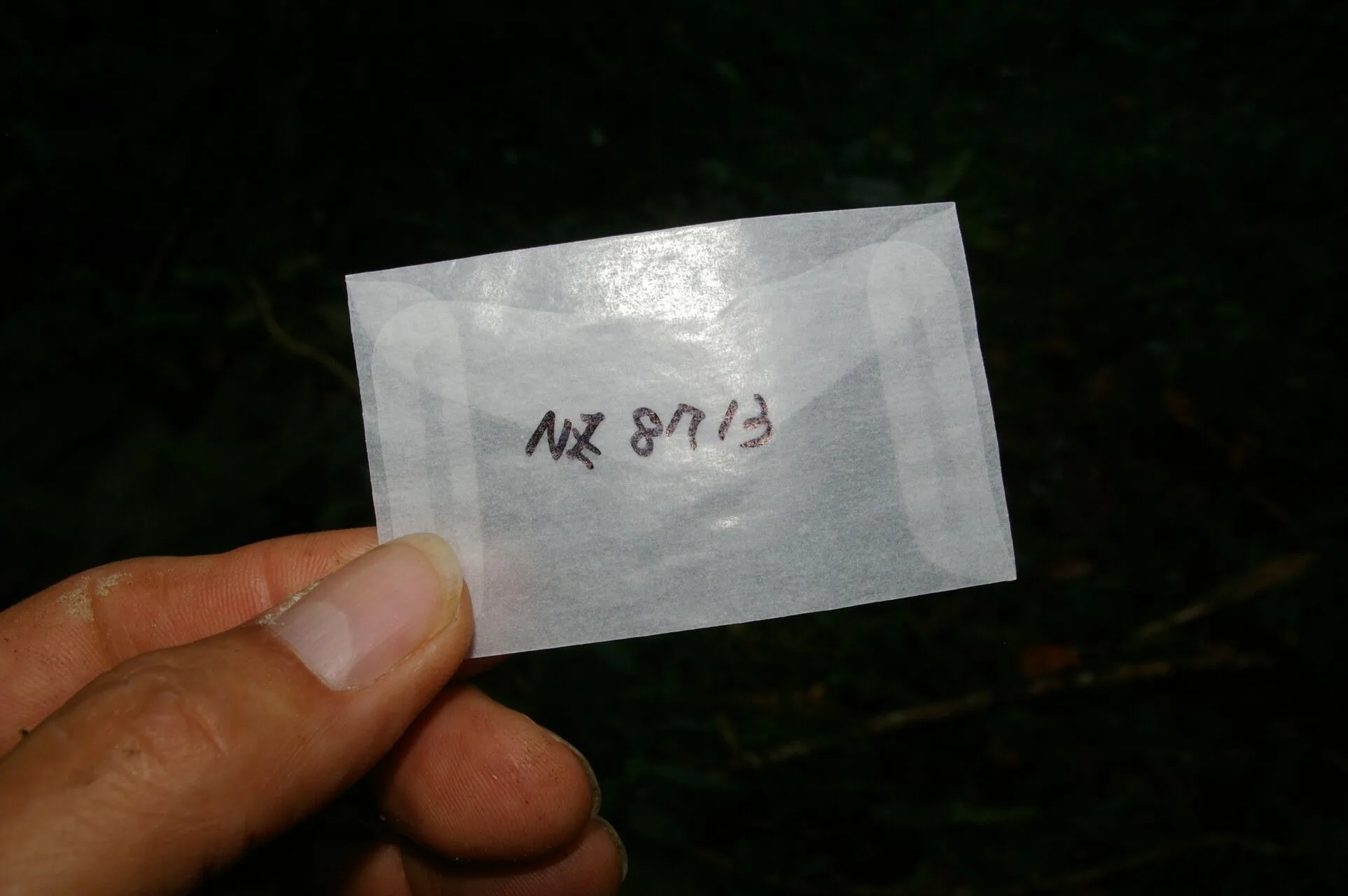
Author: Jacq.
Bibliography: Select. Stirp. Amer. Hist., 82, 1763
Year: 1760
Status: accepted
Rank: species
Genus: Homalium
Vegetable: False
Observations: S. Mexico to Trop. America
Commonly known as White cogwood, Homalium racemosum graces the botanical world with its elegant presence. This remarkable plant belongs to the Salicaceae family and thrives predominantly from Southern Mexico extending down through Tropical America.
The earliest formal description of White cogwood stems from the 18th century work “Select. Stirp. Amer. Hist.” authored by Jacquin in 1763. The text meticulously documents a wide array of American flora, with Homalium racemosum being one of the distinguished species examined.
Homalium racemosum is characterized by its graceful, often racemose inflorescences—a trait that not only magnifies its ornamental value but also plays a significant role in its ecology. The flowers, arranged in attractive clusters, contribute to the biodiversity of tropical ecosystems by serving as a crucial resource for various pollinators.
The naturally occurring habitat of White cogwood spans vast geographical regions, enabling it to adapt to diverse environmental conditions. Its resilience and adaptability make it a noteworthy subject of study in plant sciences, especially within the context of tropical botany.
In conclusion, Homalium racemosum, or White cogwood, is a plant of significant ecological and aesthetic value. Documented first by Jacquin, it continues to intrigue botanists and horticulturists alike, from the lush landscapes of Southern Mexico to the vibrant tropical realms of America.
Eng: white cogwood
En: White cogwood
© copyright of the Board of Trustees of the Royal Botanic Gardens, Kew.
© copyright of the Board of Trustees of the Royal Botanic Gardens, Kew.
© copyright of the Board of Trustees of the Royal Botanic Gardens, Kew.
Taken May 13, 2016 by Nelson Zamora Villalobos (cc-by-nc)
Taken May 13, 2016 by Nelson Zamora Villalobos (cc-by-nc)
Taken May 13, 2016 by Nelson Zamora Villalobos (cc-by-nc)
Taken May 13, 2016 by Nelson Zamora Villalobos (cc-by-nc)
Taken May 13, 2016 by Nelson Zamora Villalobos (cc-by-nc)
Taken May 13, 2016 by Nelson Zamora Villalobos (cc-by-nc)
Growth habit>: Tree
Family: Myrtaceae Author: (F.Muell.) K.D.Hill & L.A.S.Johnson Bibliography: Telopea 6: 402 (1995) Year: 1995 Status:…
Family: Rubiaceae Author: Pierre ex A.Froehner Bibliography: Notizbl. Bot. Gart. Berlin-Dahlem 1: 237 (1897) Year:…
Family: Sapindaceae Author: Koidz. Bibliography: J. Coll. Sci. Imp. Univ. Tokyo 32(1): 38 (1911) Year:…
Family: Asteraceae Author: A.Gray Bibliography: Pacif. Railr. Rep.: 107 (1857) Year: 1857 Status: accepted Rank:…
Family: Fabaceae Author: Medik. Bibliography: Vorles. Churpfälz. Phys.-Ökon. Ges. 2: 398 (1787) Year: 1787 Status:…
Family: Aspleniaceae Author: (Cav.) Alston Bibliography: Bull. Misc. Inform. Kew 1932: 309 (1932) Year: 1932…